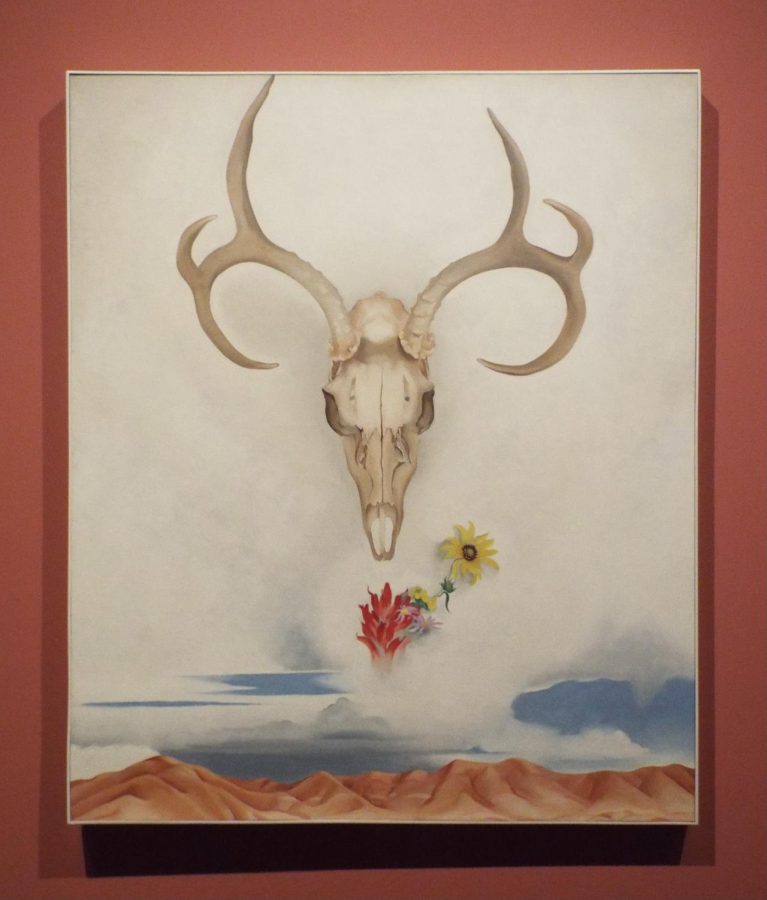The Mother of Modernism
‘Georgia O’Keeffe and American Modernism’ on display at the McNay Art Museum
“Summer Days,” Georgia O’Keeffe, 1936
January 25, 2022
Surges of color have embodied the brilliant tangerine skyline over the flat landscape that is West Texas. The stuff of painters’ dreams and a woman’s bright memories from the early 19th century encompass visions yet to be discovered. Grand passage to the wide-open plains of Texas to where bustling cities and highways had not yet made their way. The great “mother of American Modernism,” Georgia O’Keeffe inspired an entire generation of Modernist artists for the last century. The newest exhibit at the McNay Art Museum is a remarkable example of her mastery over color and composition as well as her revolutionary impact on the art world from the early 20th century as a pioneering female artist. “Georgia O’Keeffe and American Modernism” features O’Keeffe’s work alongside her peers from the beginning of the 1900s, such as Ben Shahn, Norman Lewis and even her sister Ida O’Keeffe.
Born in Wisconsin in the late 1880s, O’Keeffe was raised in Sun Prairie, WI for the majority of her adolescence until the family relocated to Virginia to follow the demand of industrial work. There she began her journey as an abstract artist and relocated to the West Texas plains, where she headed the art department at West Texas State Normal College in Canyon, TX.
There, O’Keeffe initiated her love of expansive landscapes, sunrises and sunsets in her paintings. She also became infatuated with both intense bright colors and nocturnal ones. “From the Plains I” is just one in a collection of many examples of her regard for the sights she unearthed during her time in Texas.
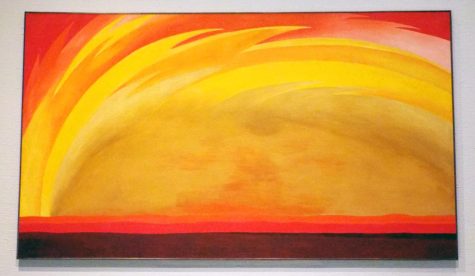
As O’Keeffe grew older and expanded her portfolio, her tastes and subject matter evolved into something transcending the art style of the time. Most of her pieces have been known to reflect specific moments in her life, revealing intimate details about her environment and her experiences with the difficulty of growing older. One composition in particular, “It Was Blue and Green,” was painted at the end of her life while she was in the process of going blind and illustrates the wispy lack of color and subtleties that her style was so known for early on in her career.
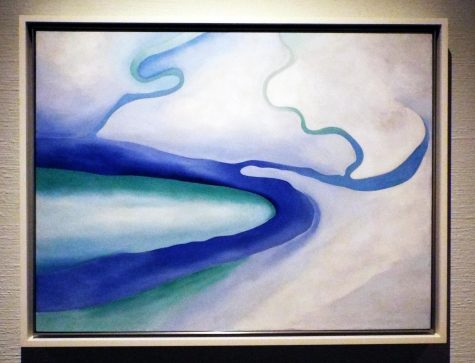
She is perhaps most famous for her portraits of large flowers, which sometimes heavily implied female sexuality, even though she vehemently denied this throughout her career. Her manipulation of dynamic shades of hue and space in most of her pieces signified the growing movement for abstract art, and with it, the emergence of early American Modernism.
While O’Keeffe was settling into the plains of West Texas, other artists were illustrating their hardships throughout the beginning of the Great Depression and onward. Ben Shahn, born in what is now Lithuania in 1898, was known for his works of social realism and political images of American suffering. In the exhibit at McNay, he is especially represented by a painting of a weeping guitar player, distressed as Franklin Delano Roosevelt’s funeral train passes through Trenton, NJ. A moment of grief flashes on the musician’s face, and Shahn captures the impact of a beacon of hope in ominous times. The somber tones of the piece reflect the facets of human emotion through the eyes of someone who has lived through hardship their entire lives.
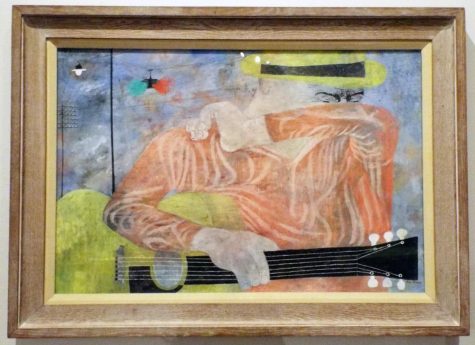
In a more positive sphere of history, influenced by the Harlem Renaissance, Norman Lewis illustrates just exactly what the golden age of African American art and culture looked like between the 1910s and 1930s. Though Lewis often concentrated on the struggles of the average African American life, there were many pieces in the American Modernism gallery showcasing the thriving history of Harlem in bustling color and composition. “Man Smoking” depicts daily life through the rose-colored lenses of an optimist in the midst of an economic tragedy: the Great Depression. In this piece, the transparency of the subject highlights the few and far between simple joys of mundane life: being able to partake in a moment’s respite from the harsh world outside. Though painted originally in 1941, this study of light and daily life is unremarkably enduring and continues to motivate us to find a little beauty in even the darkest of times.
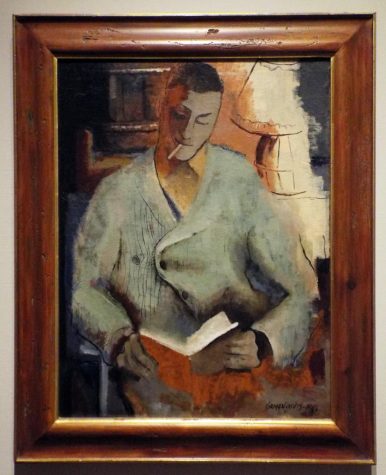
While the exhibit seems to focus on Georgia O’Keeffe in the first couple of rooms, many examples from other painters depict striking moments in times that now seem so long ago. Their timelessness shines through in this collection on display. The American Modernists on exhibit at the McNay represent many of the same impending issues that we now face in the 21st century, and are a grim reminder of the consequences of ignoring economic despair and societal collapse.
“Georgia O’Keeffe and American Modernism” is on display in the Frost and Lawson Print Galleries at the McNay Art Museum until May 8, 2022. The museum is open Wednesday through Sunday, open to the public from 10 a.m. to 6 p.m. on Wednesdays through Friday, 10 a.m. to 5 p.m. on Saturdays, and 12 p.m. to 5 p.m. on Sundays.

